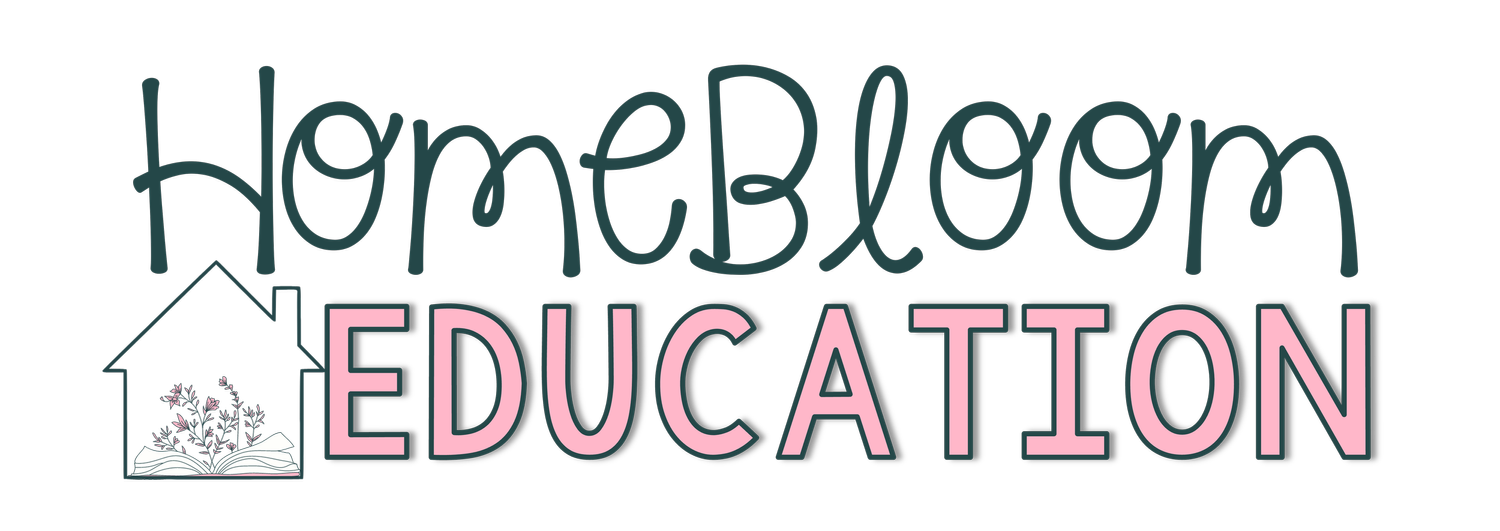6 Benefits of Repeated Reading in Early Childhood
“Repetition is the mother of learning, the father of action, which makes it the architect of accomplishment.” (Zig Ziglar)
Does your child ask for the same book EVERY night before bed? Even more than once in one night?
Do they read it over and over to themselves?
Are you so sick of this book that you wish it never existed at all?! Okay, that’s extreme…but you read it A LOT.
One of my favorite videos of my daughter was taken when she was about 20 months old. In the video, she is “reading” Duck and Goose pick a pumpkin. (We love the series!). She is not actually reading the words, of course. But we had read the book so many times that she could mimic our intonation and fluency. She was also able to recall the structure of the book and repeat a lot of the words by using the pictures.
Whenever this would happen, it was a sign to me that:
She loves the books we pick
She is listening to how I read the book and is trying to mimic (even when it doesn’t seem like she is listening)
She is soaking up SO much language
Have you ever worried that once when your child is “reading” a book, that they are simply recalling it from memory? You may even shrug it off as something unimportant.
This probably is what they are doing and it’s definitely okay! In fact, this is a significant pre-reading behavior.
As tired as we may be of hearing that same story over and over, it does so much for the growing reader.
6 Benefits of repeated readings for early literacy development:
Vocabulary
Vocabulary develops through repeated exposure, not just by hearing a word one time in a book. In fact, research says it takes multiple exposures to a word before it is “learned” and used in a child’s vocabulary repertoire. Learning new vocabulary from a book is so helpful because it provides context for the word - not simply the definition.
Children will learn new vocabulary much faster when they hear the same book over and over. Books also have a much more extensive vocabulary than television and everyday speech.
Key takeaway: read the book over and over. Make each read fruitful by calling out and discussing different vocabulary words.
Word decoding
When a child is working on reading and decoding words, reading the same book over and over will help them shift their energy from decoding words to comprehension (understanding the meaning of the book) and fluency (smooth reading).
Key takeaway: don’t feel bad or guilty that your child keeps reading the same book. While exposure to lots of different books is important, rereads provide a lot of value, too.
Fluency
When you (as the parent) read a book over and over again, you are modeling fluent reading. That is, you are modeling for a child expression, phrasing, and smooth (not choppy) reading. This is something that they will try to emulate. The more your child reads a book, the more fluent they will become. They will spend less energy trying to read each word accurately, and more energy on finding the meaning of the book.
Key takeaway: be a model of expressive and fluent reading. If you notice you sound choppy, say “oh whoops, let me go back and smooth that out!”
Word Recognition
When a text is read repeatedly and a child is given feedback on their decoding, word recognition improves. The new words will “stick” more and a child will begin to recognize them automatically. And yes, while we want students to be reading the sounds in words, the ultimate goal of decoding is to have the words automatically stored in the brain. As adults, we only rarely need to use our decoding skills to break down new words.
Key takeaway: rereading will make your child a more fluent and confident reader!
Comprehension
Your child may not fully understand the storyline of a text when reading it the first time. Reading a book more than once allows you to scaffold your child’s understanding of a text. You can help them think deeper about the book each time. There is something new to discover in a book with each reading (even in the illustrations!)
Key takeaway: Discuss the book and characters each time you read. Try to bring up new questions or points each time. Spend time looking at the illustrations. Click here for a blog post all about questions we can ask during read alouds.
Confidence
The more a child understands the meaning of a book, and can read with greater accuracy, the more confident they will feel. The more confident they feel, the more enjoyment they will get from reading. The more enjoyable each reading experience is, the more likely they are to do it again.
Key takeaway: if they’re loving that book, let them love on that book some more!
So there you have it! Whether you want it or not, here is my official permission to reread Little Blue Truck for the millionth time this week! Enjoy the comfort of knowing that your kiddo is STILL learning.
If you’re looking to really dig into creating an optimal home environment for learning, check out my guide below!
Download my free guide here! Create an Optimal Home Learning Environment in 5 Steps!
This guide will help you set your child up for success right now and create an environment that primes your child for their best learning.




